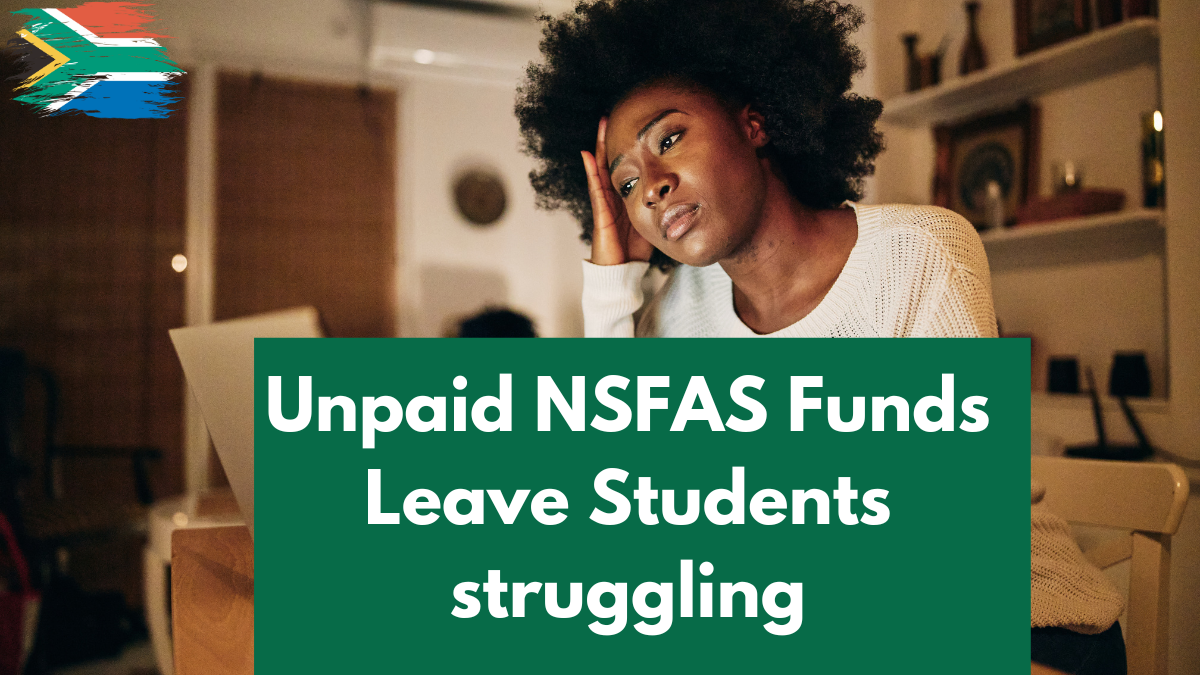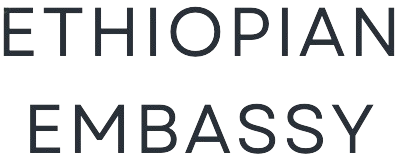As the 2025 academic year begins, thousands of students in South Africa who rely on the National Student Financial Aid Scheme (NSFAS) find themselves burdened by unmanageable debt. Many of these students face the grim reality of being unable to register for their courses, while others are forced to abandon their studies altogether due to unpaid fees. The crisis extends beyond active students, affecting graduates whose qualifications remain inaccessible due to financial holds from their universities. This mounting student debt is not just an educational challenge but a serious economic issue that exacerbates unemployment and social instability.

The Extent of the Student Debt Crisis
The scale of the student debt problem in South Africa is alarming. Former Higher Education Minister Blade Nzimande reported that in 2024, over 600,000 students could not receive their graduation certificates due to R5.8 billion in outstanding fees. By 2025, the crisis deepened, with more than 120,000 students unable to register for the academic year. Institutions such as Tshwane University of Technology (TUT) reported over 63,000 students in financial distress, contributing to a total of more than 720,000 students impacted by unresolved debt. This financial bottleneck continues to trap students in a cycle of uncertainty, affecting their academic and professional futures.
Impact on Graduates: The Struggle to Enter the Job Market
Graduates who have completed their studies but have outstanding tuition debt are facing significant roadblocks in their careers. Universities withhold their qualification certificates until the dues are cleared, making it nearly impossible for them to secure employment. Many job applications require proof of graduation, putting these individuals at a disadvantage in an already competitive job market.
Case Study: Palesa Legodi’s Story
Palesa Legodi, a graduate from TUT, shared her distress over being unable to obtain her diploma due to an outstanding balance of R30,000. Despite being an NSFAS beneficiary, she remains in debt and, as an unemployed graduate, finds it nearly impossible to settle her dues.
“It’s been a year since I graduated, yet I haven’t received my qualification certificate. Most employers demand this document, making job applications futile,” Legodi lamented.
Case Study: Thobile Mnguni’s Frustration
Another affected graduate, Thobile Mnguni, expressed her disappointment with NSFAS’s failure to settle her fees.
“Without my certificate, I cannot apply for jobs. My academic record is also inaccessible due to outstanding debt. Despite seeking help from NSFAS and student representatives, no solution has been provided,” Mnguni explained.
These stories are just a glimpse into the widespread issue affecting thousands of students across the country.
The Impact on Current Students: Risk of Dropping Out
The student debt crisis is not limited to graduates. Many currently enrolled students are also struggling to continue their studies due to mounting financial burdens.
Case Study: Lindokuhle Shezi’s Uncertain Future
Lindokuhle Shezi, a third-year student at TUT, faces an uphill battle due to an R87,000 debt. She must pay at least 10% of this amount to register for the new academic year—a sum beyond her financial means. With the registration deadline fast approaching, Shezi has turned to social media, hoping for financial assistance from donors.
Understanding NSFAS’s Position and Response
NSFAS has acknowledged these challenges and outlined its approach to addressing them. According to NSFAS spokesperson Ishmael Mnisi, the organization conducts a reconciliation process at the end of each academic year. This process ensures that funds are correctly allocated and disbursed. Mnisi further clarified that the final disbursement occurs in November based on validated registration data provided by institutions.
However, he emphasized that students must meet academic eligibility criteria to continue receiving financial aid. For those no longer qualifying for bursary funding, NSFAS offers a loan scheme as an alternative.
The NSFAS Loan Scheme: A Partial Solution?
To provide financial relief, NSFAS has introduced a loan scheme targeted at students whose household income falls between R350,000 and R600,000 per annum. This initiative, part of the Department of Higher Education and Training’s Comprehensive Funding Model, aims to assist students who are no longer eligible for bursary funding. While this provides a financial buffer, many critics argue that it simply shifts the burden rather than resolving the core issue of unaffordable tuition costs.
Affected Universities and Student Debt Statistics
| Institution | Number of Affected Students | Total Outstanding Debt (Rands) |
|---|---|---|
| TUT | 63,000 | Not disclosed |
| Nationally | 720,000+ | 5.8 billion |
| Unregistered Students (2025) | 120,000+ | Not disclosed |
Possible Solutions to the Student Debt Crisis
Addressing this crisis requires a multi-faceted approach. Some potential solutions include:
- Government Intervention: Increased funding from the government to subsidize tertiary education costs.
- Institutional Policies: Universities implementing flexible payment plans and debt relief programs.
- Public-Private Partnerships: Encouraging private sector involvement in funding student tuition.
- Enhanced NSFAS Reforms: Improving the efficiency of NSFAS disbursements to prevent funding delays.
- Work-Study Opportunities: Expanding job placements for students to earn income while studying.
| Official Website | Click Here |
Conclusion
The student debt crisis in South Africa is a growing concern that affects education accessibility, employment rates, and economic stability. Without immediate intervention, thousands of students will continue to face uncertainty in their academic and professional journeys. A combination of government funding, university reforms, and private sector involvement is crucial in finding sustainable solutions to this crisis.
Frequently Asked Questions (FAQ)
Q1: Why are universities withholding qualification certificates? A1: Universities enforce financial holds on student accounts with unpaid tuition, preventing access to academic records and graduation documents.
Q2: Can NSFAS beneficiaries still owe tuition fees? A2: Yes, NSFAS covers tuition and living expenses, but errors in disbursement or policy limitations can leave some students with outstanding balances.
Q3: What alternatives exist for students unable to register due to debt? A3: Students can apply for the NSFAS loan scheme, seek private scholarships, or negotiate payment plans with their institutions.
Q4: Is the government taking any steps to resolve this crisis? A4: While some efforts are in place, such as the NSFAS loan scheme, large-scale reforms are needed to address systemic funding challenges.
Q5: How can students and graduates advocate for debt relief? A5: Student unions, petitions, and engagement with policymakers are effective ways to push for systemic changes in higher education funding.
For More Information Click Here
